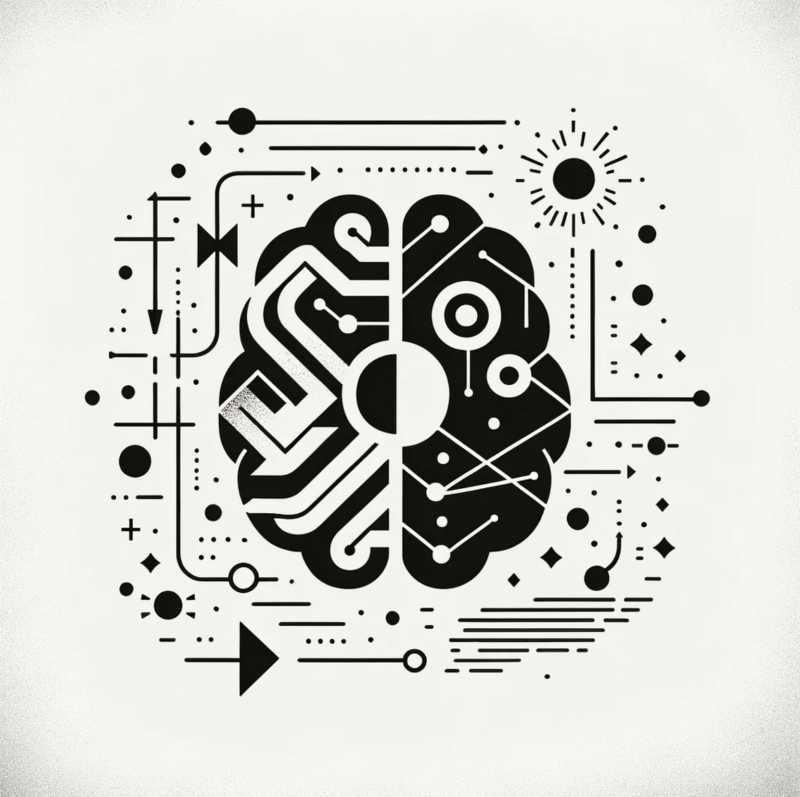
Our brains are like prediction machines, constantly forecasting what will happen next based on our experiences. This processing mode, known as predictive processing, allows us to navigate the world more efficiently by using past information to generate expectations about the future. For instance, when catching a ball, our brain quickly calculates its trajectory based on the speed and angle it's thrown, allowing us to react promptly.
A recent article by the researcher from CIMCYC Javier Ortiz-Tudela in collaboration with Victoria Nicholls and Alex Clarke from the University of Cambridge, explore this concept further. They propose a comprehensive model to categorize brain predictions across five dimensions, including how information flows, its origins in memory, the specificity and complexity of predictions, and their timing. This approach offers a nuanced lens through which to view the different types of predictions made by our brains.
Their research targets one of the fundamental operations of the human mind and hence it might have not only critical implications for how we build scientific models of the brain but also for improving learning methods, developing more sophisticated artificial intelligence systems, and crafting targeted mental health therapies.
Reference: Ortiz-Tudela J, Nicholls VI, Clarke A. (2023) Parameters of prediction: Multidimensional characterization of top-down influence in visual perception. Neurosci Biobehav Rev. 153:105369. doi: 10.1016/j.neubiorev.2023.105369.
Contacto: Javier Ortiz-Tudela (ortiztudela@ugr.es)

